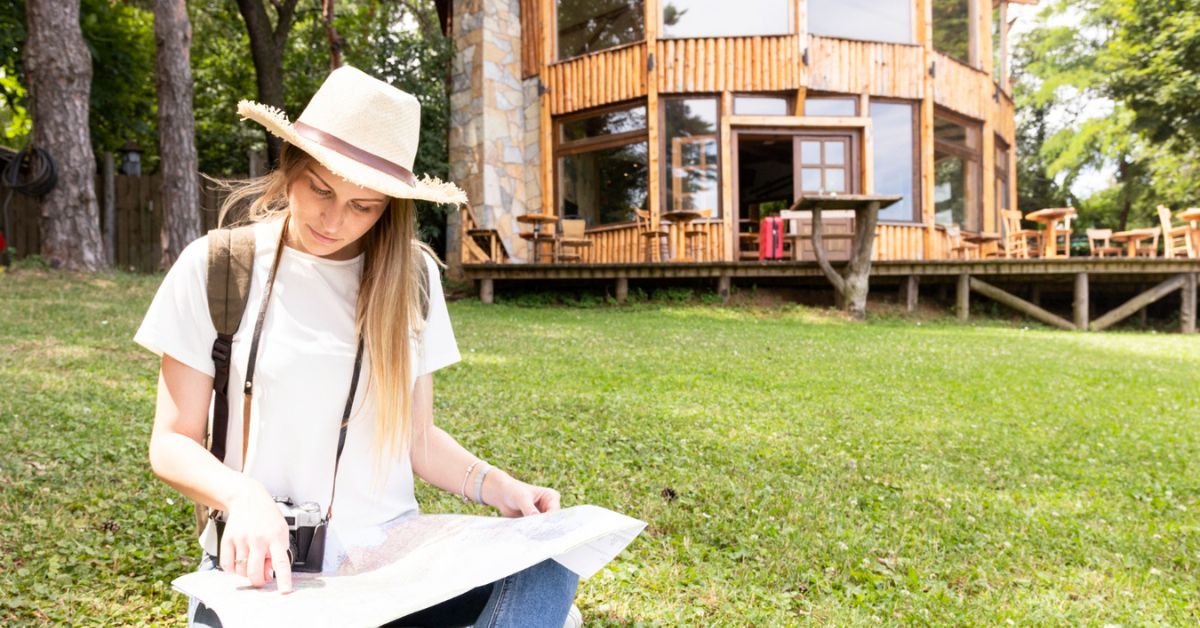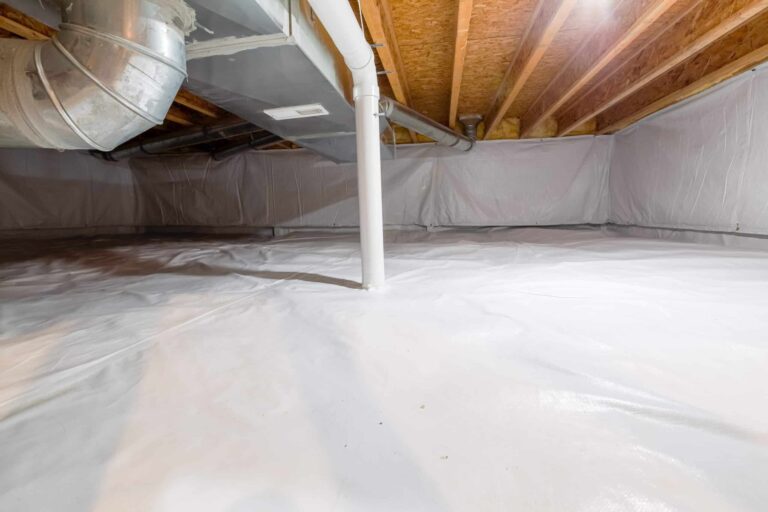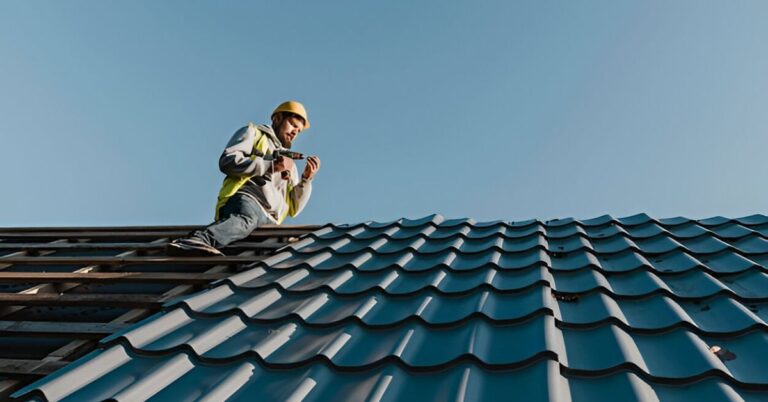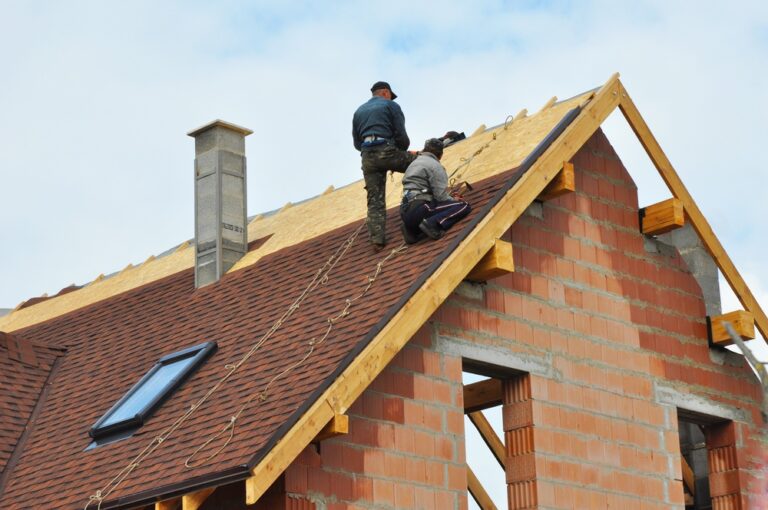From Blueprint to Hearth: What to Expect When Building a Custom Log Home

Why Log Homes Appeal to Modern Homeowners
The draw of a custom log home is more than its picturesque look—it’s the atmosphere it creates. These homes often evoke a sense of nostalgia and timelessness, recalling simpler times while embracing the advancements of the present. Modern families find that log homes blend rustic character with up-to-date amenity options, resulting in uniquely personal spaces. People increasingly want homes that reflect their ideals, from eco-conscious building practices to large windows that invite forest views and natural light. With this revival of interest, the demand for individualized log homes has soared. Working with a seasoned provider like Frontier Log Homes can open up a world of creative and durable possibilities for those considering such a project.
Homeownership today is also about making intentional lifestyle decisions, emphasizing craftsmanship and heritage. Whether intended as a primary residence or a weekend getaway, custom log homes are designed to offer both comfort and soul. A trusted log home builder navigates the complexities of timber construction and ensures each aspect is tailored to your needs. With more buyers prioritizing diversity in architectural design, sources like this in-depth real estate guide point to log homes as a lasting investment, one with character and enduring curb appeal.
Choosing a Log Home Builder: Key Criteria
Finding the right log home builder can make or break a project. It’s essential to look for specialists who demonstrate both quality and versatility in their previous work. A strong portfolio reveals an ability to overcome site challenges and deliver results in various styles, from classic cabins to expansive mountain lodges. Don’t be shy about asking for detailed references, visiting ongoing builds, or checking for memberships in industry groups. Credentials such as proper licensing, up-to-date insurance, and a clear understanding of local building codes make a real difference when complicated issues arise mid-construction.
Transparent communication throughout your journey is non-negotiable. Projects succeed because clients and builders work cooperatively, adjusting timelines or budgets as unexpected events occur. The most reliable builders keep their clients updated on every phase—weather delays, inspection findings, or design tweaks—so there are never unpleasant surprises. Consider this an early blueprint for a rewarding relationship that results not only in a beautiful home but also in peace of mind and trust throughout the process.
Blueprints to Reality: The Design Process
Every successful custom log home starts with thoughtful planning and inspired design. During the design process, an architect listens closely to your vision and lifestyle needs, then translates them into plan layouts and detailed elevation drawings. This is your chance to capture essential living spaces and dream features such as a two-story stone fireplace or add energy-saving touches like passive solar orientation. The design phase is deeply collaborative—expect several drafts, feedback sessions, and the input of structural engineers for more intricate builds.
Many homeowners turn to online galleries, magazines, or resources featuring expert tips for log home design for inspiration. These resources offer insight into trending floorplan ideas, like seamless indoor-outdoor living spaces or open-concept kitchens. The goal is a home with form and function, blending cozy nooks with grand entertaining areas and maximizing beautiful views.
Site Selection and Preparation
The land you select for your log home sets the tone for the entire project and determines many practical details. Factors such as orientation to the sun, wind patterns, access roads, and surrounding vegetation will all shape the feel and longevity of your home. Before ground is broken, a comprehensive site analysis should be conducted to determine drainage potential, avoid hidden hazards, and pinpoint soil composition. These steps help prevent headaches like foundation shifting or water infiltration—expensive issues that can sideline even the best-laid plans.
Early planning is vital for infrastructure, too. Bringing utilities to a rural property involves unique logistics, such as drilling wells, installing septic systems, and ensuring electrical service. Walking the site with your builder allows you to flag trees to be preserved, confirm placement to maximize vistas, and strategize around any regulatory or environmental hurdles that could affect construction speed or outcome.
Materials Matter: Timber Choices
Choosing the right log species directly shapes your home’s look, resilience, and maintenance plan. Pine is popular for its affordability and rustic color, while cedar’s natural oils deter insects and decay, making it perfect for humid or wooded settings. Fir and spruce offer an attractive blend of strength and cost, often creating dramatic, polished interiors. It’s not just about the species; how the wood is treated can also influence the home’s performance. Kiln-dried logs resist warping and ensure tighter fits, while air-dried wood gives an authentic, time-worn charm.
Many builders and environmentally minded homeowners now choose logs harvested from sustainably managed forests, supporting biodiversity and healthier woodlots. Sourcing local timber, when possible, can reduce transportation emissions and lower costs, while aligning with regional climatic needs. When discussing options, ask your builder about your region’s relative pros and cons, as moisture, temperature swings, and local pests can affect the longevity and maintenance routines of different wood types.
Managing Timelines and Budgets
Many will mention unforeseen delays and costs if you ask any homeowner what surprised them most. Building a log home is an ambitious and intricate process. The scope of your design, speed of permit approvals, weather setbacks, and even the broader supply chain can all impact your timeline. The average custom log home takes between eight and eighteen months to complete. Patience and flexibility are rewarded.
Budgeting should consider major line items—logs, roofing, appliances—and “hidden” expenses like grading, landscaping, inspection fees, and buffer funds for changes. A buffer of 10% to 20% above the projected total is wise. Regular meetings with your builder to review financials can help you address overruns quickly and transparently. Keeping communication open ensures you’re always on the same page and feel empowered to make decisions that preserve your schedule and peace of mind.
Sustainability and Energy Efficiency
Log homes have an innate ability to conserve energy, thanks to the dense thermal mass of the logs themselves. When constructed and sealed correctly, these timbers regulate temperature by slowly absorbing and radiating heat. This helps reduce heating costs in winter and the need for air conditioning in summer. Choosing triple-glazed windows, state-of-the-art insulation for the roof and foundation, and installing deep roof overhangs all add up to maximize the interior comfort and cut down on energy bills.
As the U.S. Department of Energy outlines, minimizing air infiltration is crucial for peak efficiency. Ask about energy-efficient windows, quality chinking, and innovative renewable add-ons like rooftop solar panels or geothermal heating. The upfront investment is quickly offset by lower monthly bills and a smaller environmental footprint, which is increasingly vital to many modern homeowners.
Moving in & Caring for Your Log Home
As you turn the key in your new log home, the journey doesn’t end—it transforms. With proper care, these handcrafted structures maintain their beauty for many decades. A yearly routine might include pressure-washing the exterior, checking caulking and chinking for signs of weathering, and reapplying stains or UV-blocking finishes as needed. Watching for signs of mold, wood-boring insects, or water pooling around the foundation adds extra insurance.
Many owners enjoy the hands-on tradition of caring for their log homes, especially when they see the results year after year. Partnering with a reputable log home builder for seasonal maintenance or repairs protects your investment. It ensures you’ll continue to enjoy gatherings by the fireplace or mornings on the porch for years to come. In the end, building a custom log home delivers more than just a place to live—it offers a legacy of comfort, craftsmanship, and deep connection to the land.






